When surfing the internet, there are times you encounter some errors you may not understand, which may cause some sort of confusion and prevent further access to some particular sites. One such error is the ERR_SPDY_PROTOCOL_ERROR you encounter when browsing using Google Chrome.
We will explain what the SPDY protocol for Google Chrome is exactly, and thereafter, we’ll see exactly the meaning of ERR_SPDY_PROTOCOL_ERROR.
Afterward, we’ll look at five ways in which this error can be fixed.
An Introduction to SPDY in Google Chrome
SPDY, pronounced “speedy,” is a networking technology designed by Google with the motive of boosting web content delivery. It is a protocol designed to replace HTTP.
HTTP is a web protocol that allows browsers and servers to communicate and interact with each other. It provides basic request/response semantics.
There are some issues with HTTP which SPDY was designed to replace. One of such is the increase of page load time by at least 5%. It also uses Transmission Control Protocol (TCP) as the underlying transport layer to be compatible with the existing network infrastructure.
TCP is a genetically reliable transport that guarantees delivery of the data. It also reduces latency.
Other advantages of SPDY include:
- Reduced bandwidth consumption
- Increased efficiency
- User Experience Improvements (UX)
SPDY alters web traffic and data after it leaves the server, thereby reducing bandwidth use. As a result, consumers may have a faster experience.
It can also assist in fixing a lot of problems associated with the use of HTTP. One of which is that HTTP can only retrieve one thing at a time, whereas SPDY can download numerous files at once.
Understanding the ERR_SPDY_PROTOCOL_ERROR in Chrome
The ERR_SPDY_PROTOCOL_ERROR is an error that is seen with the use of the Chrome browser. It shows that the problem encountered is not from the site being checked but with the Chrome browser that is being used.
This means that with other browsers, this error is not displayed the same. However, it is important to note that other error messages occur which are specific to other browsers.
For example, PR_CONNECT_RESET_ERROR is specific to Firefox.
When this error is encountered, there is a limitation to the access of certain webpages especially those that are Google-owned like Gmail, YouTube, Blogger, and the likes.
However, this does not mean it cannot occur on unrelated websites, and this is a sign that the SPDY protocol no longer supports the browser.
How to Fix the ERR_SPDY_PROTOCOL_ERROR in Chrome
Since you have an idea of what the ERR_SPDY_PROTOCOL_ERROR message is all about, it is time we talked about how it can be fixed.
Here are some of the things you can do to fix the problem:
- Update and Restart your Chrome Browser
- Use Google Chrome’s Incognito Mode
- Clear Your Browsing Cache
- Flush the SPDY Pockets
- Clean the DNS and Renew the IP
- Switch to another browser
- Disable your antivirus
- Use the Chrome Cleanup Tool
Note that these approaches are specific to Google Chrome and may not work for other browsers. Any attempt to try the steps in another browser might be useless.
1. Update and Restart Your Browser
The first solution that should come to mind is updating or restarting the browser. Sometimes, that might be all that is needed to fix this error as simple as it seems, which should restore access to specific websites.
To do this, close the browser, open it, and try to gain access to the website again. Note that this solution is a temporary solution and you may want to find a more permanent fix by trying some of the other methods.
If this error is not resolved after restarting the browser, then you could try to update Chrome to the latest version.
To do this, go to the top right corner of your browser. You’ll see three vertical dots – click on them. Then, go to Help > About Google Chrome.
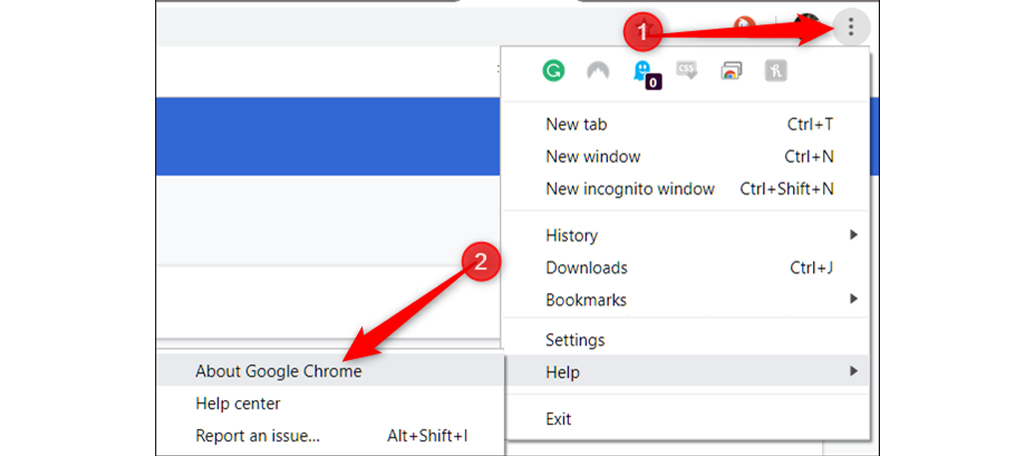
You will be taken to an ‘about’ page. This will show you the current version of the Chrome browser you are using. If it needs updating, it will begin to download the newest version.
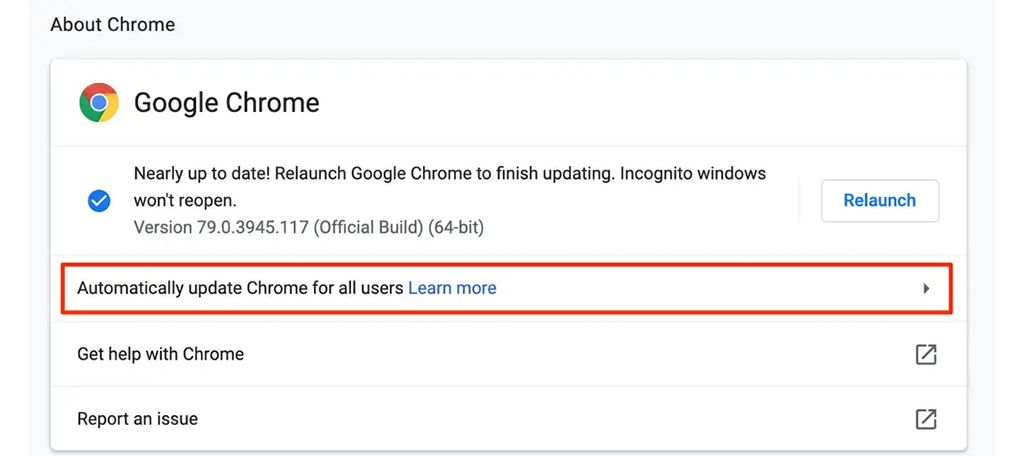
Once it has finished updating, click on the Relaunch button.
Then, go to the webpage again and see if ERR_SPDY_PROTOCOL_ERROR has been fixed. If it hasn’t, then move on to the next method.
2. Use Google Chrome’s Incognito Mode
Another easy and efficient way to solve the problem is to use Chrome in ‘incognito’ mode. To do this, go to the menu of your Chrome browser and click on, “New incognito window.”
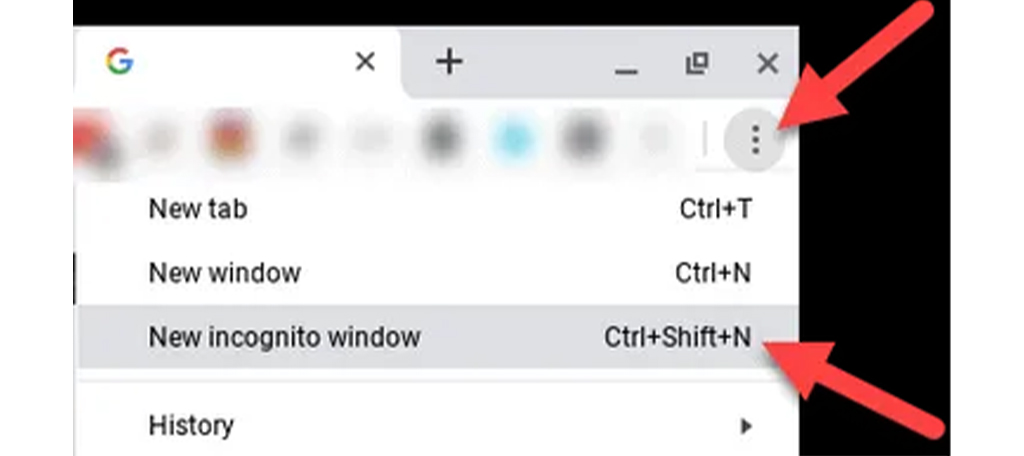
Another way to access the incognito mode is to press Ctrl+Shift+N on your keyboard. Once it has been activated, enter the web address of the site you’re trying to open into the search bar.
If this solves the problem, then you’ll be able to access the site. Take note that this is not a permanent solution and you still have to find out how you’ll get a more stable fix for the issue.
If the problem persists, then try the next method.
3. Clear Your Browsing Cache
If the webpage is still unavailable after restarting your browser and utilizing incognito mode, you can try clearing your browser’s cache.
A cache allows images and web pages to be pre-stored on your hard drive for quicker access if you return to the same sites or pages with the same components.
To clear your cache, open Chrome and go to Settings. Then, scroll down to the bottom of the page and choose the Advanced link.
This will bring up a drop-down menu with additional options. Select, “Clear browsing data.”
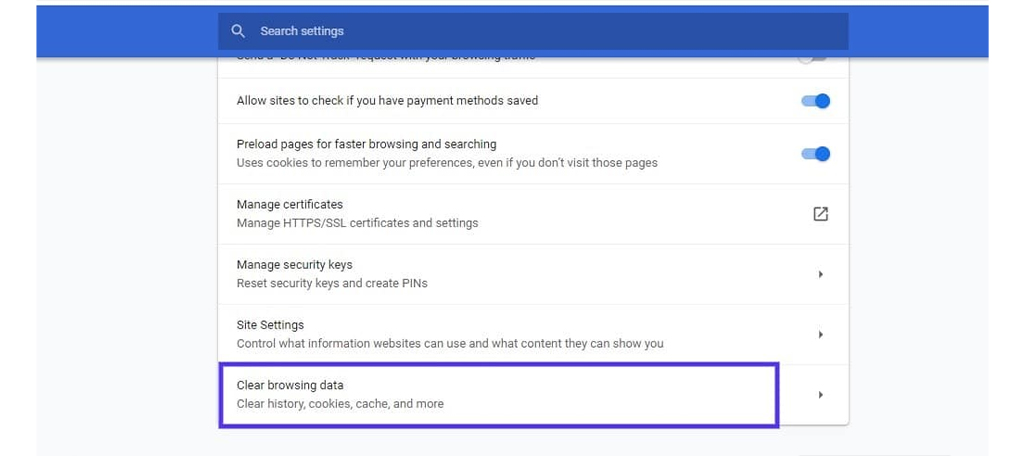
After that, you’ll see a new window with two tabs: Basic and Advanced.
It is advised to stay in the Basic tab. This prevents you from losing your passwords, auto-fill data, and other important data. Simply click the “Clear data” button and wait a few moments for the browser to finish.
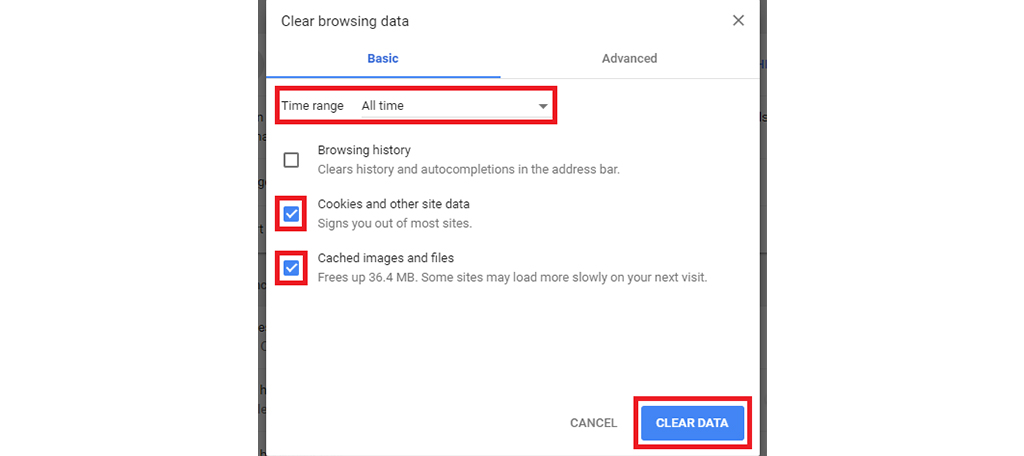
Restart your browser after the process is finished to see if ERR_SPDY_PROTOCOL_ERROR persists. If it does, you can move on to the next method.
4. Flush the SPDY Sockets
This is one of the most effective approaches that help to solve the ERR_SPDY_PROTOCOL_ERROR. The following steps are taken to flush the SPDY socket; Open your Chrome browser and type or copy and paste the URL below:
chrome://net-internals/#events&q=type:SPDY_SESSION%20is:active
Then press enter and it should take you to a page similar to this:
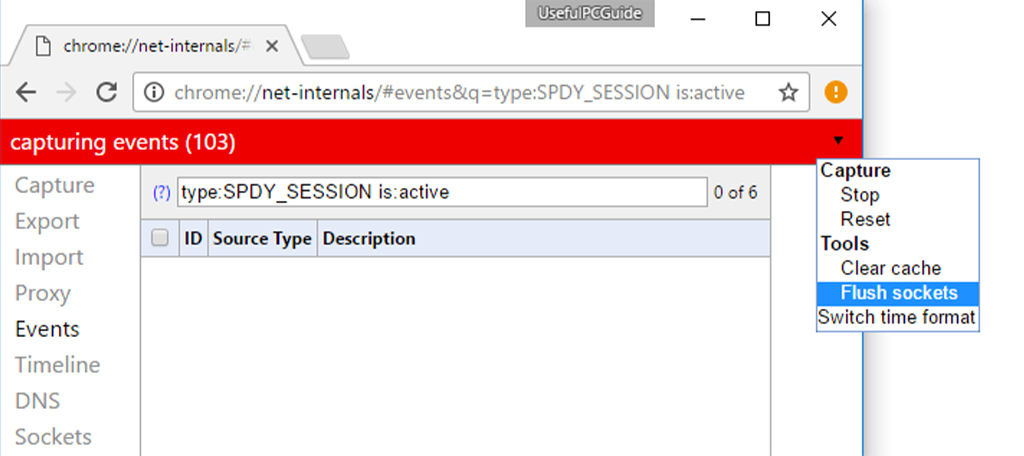
On the left-hand navigation panel, select Sockets:
Using the drop-down for “capturing events,” click the Flush sockets link from the list. Then try going back to the site that prompted the error to see whether the issue has been fixed or it persists.
If the error persists, there’s one other option that you can try.
5. Clean the DNS and Renew the IP
If you’ve done all the following and are still getting the ERR_SPDY_PROTOCOL_ERROR message, the problem may be with your Domain Name System (DNS).
You’ll need to open a command prompt to flush out your DNS.
For Windows PC
Most Windows operating systems have a command-line interpreter app called a command prompt. Its function is to carry out directives that you enter on the command line.
The majority of those commands use scripts and batch files to automate activities, conduct advanced administrative functions, and troubleshoot or resolve specific Windows issues.
This can be accomplished in Windows by pressing Win + R, followed by “cmd” in the windows that display. Then, press Enter.
Also, you can open the Start menu and type “Command Prompt” or “CMD” in the search field. Then, select Run as administrator:
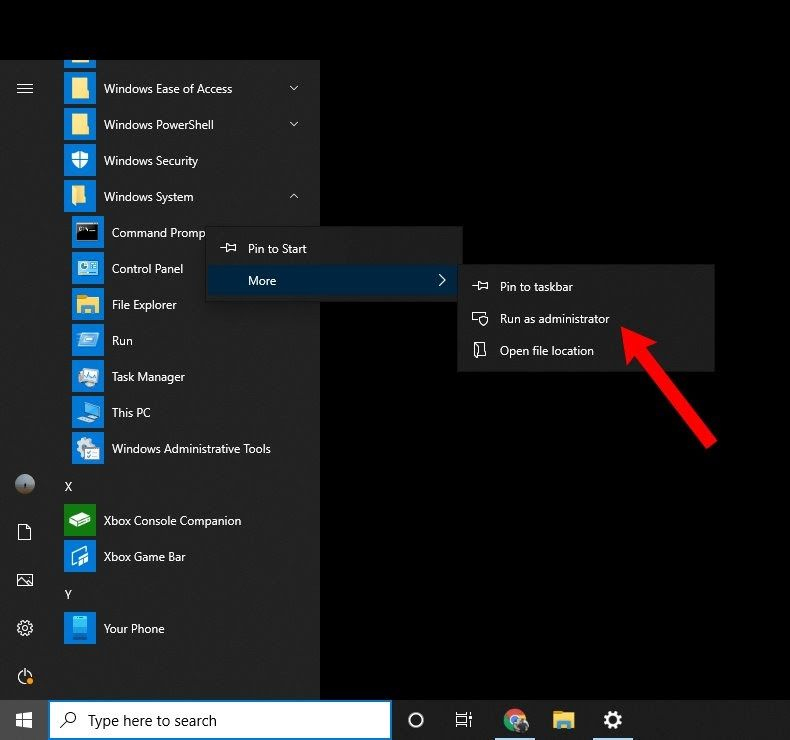
If you are using a Mac, you can use Terminal to get to the command prompt.
Once in the command prompt, type in the following and hit enter:
ipconfig /flushdns
Once the operation completes, check the website you’re trying to access again.
For Mac
To achieve this, launch Finder and then select Applications from the left-hand panel:
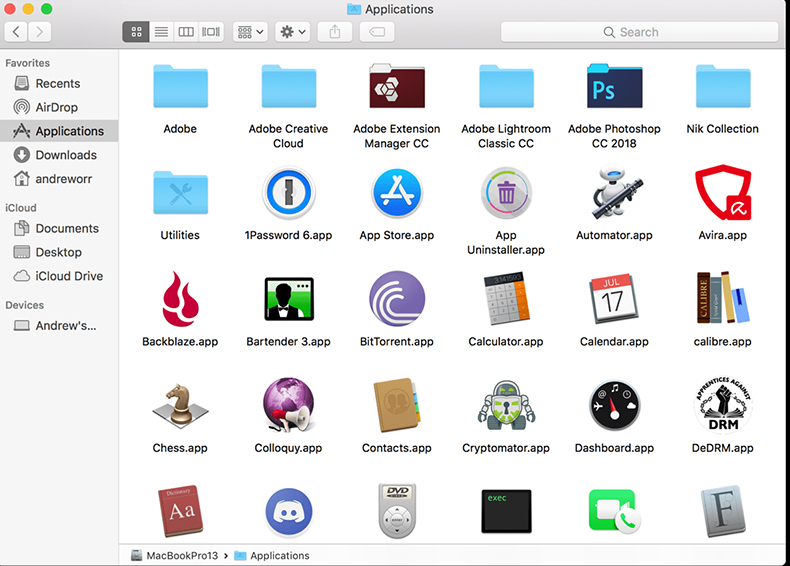
After that, go down and select the Utility folder, then Terminal:
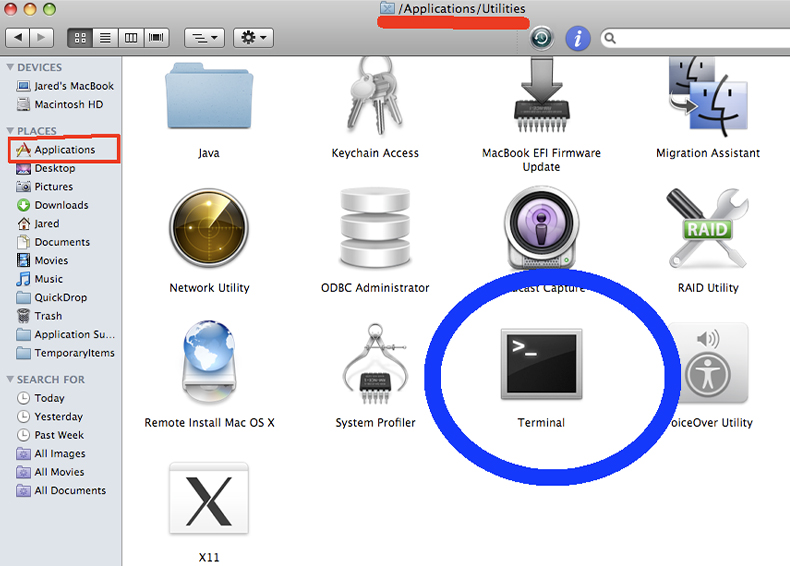
Once in the terminal, enter the following command and hit enter:
sudo dscacheutil -flushcache;sudo killall -HUP mDNSResponder
You may have to enter your Mac’s password to complete the task. Afterward, check the website you’re trying to access again to see if the problem persists.
6. Switch to Another Browser
If all the above methods did not solve the problem, another alternative is to switch to another browser. Browsers differ in how much they handle protocol errors.
In other words, not all browsers will have identical issues across the board.
For instance, Google Chrome’s security might flag a secured website as being unsecured simply because of the type of SSL being used. On the other hand, Firefox or Microsoft Edge might not detect the same site as having an issue.
Alternative browsers include Opera, Mozilla Firefox, and Microsoft Edge. You can try using the browsers to explore the site to determine if the issue continues.
7. Disable your Antivirus
Sometimes, the problem encountered can be a result of antivirus software. Disabling it for a while may be the solution to remedy the problem.
Another alternative is switching to another antivirus application. Many Avast Security software subscribers have the “err spdy protocol error” when visiting certain websites.
If you’re using Avast specifically, you can try the following:
- Open Avast and go to the Settings menu.
- Select “active” Protection.
- From the drop-down menu, choose “Customize Web Shield Protection.”
- Add the website addresses one by one to the “URLs to exclude” column.
8. Use the Cleanup Tool on Google Chrome
Many experts recommend using the Chrome Cleanup Tool. It can be used to fix the ERR_SPDY_PROTOCOL_ERROR in Google Chrome.
It uninstalls any unwanted extensions that are interfering with your browser.
To fix the problem, simply download and run Chrome Cleanup Tool. When the tool has finished scanning the PC, check to see if the issue has been addressed.
Summary
Google Chrome is a very common browser with a staggering 65% market share currently, and it has a very good performance rate in most cases.
However, there are sometimes you may come across some error messages such as ERR_SPDY_PROTOCOL_ERROR, which prevents your access to certain websites.
Although this problem can be frustrating, it is a problem that can be resolved without a lot of technical knowledge. And the above steps demonstrate how easy it is to fix the error.


